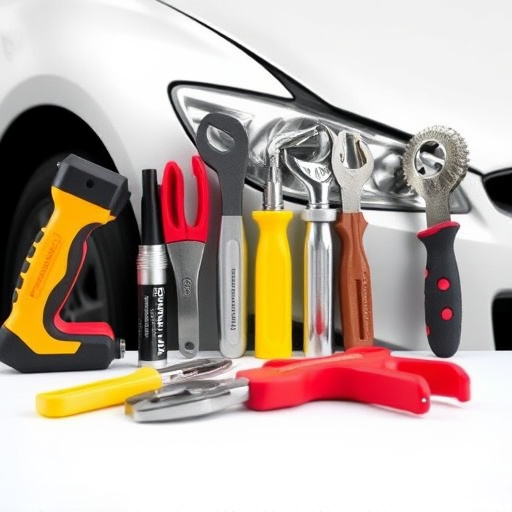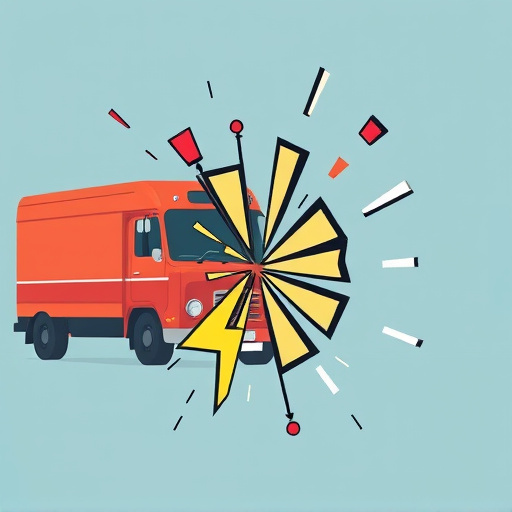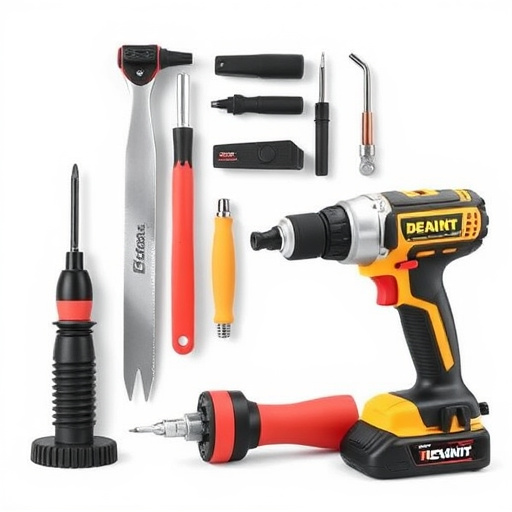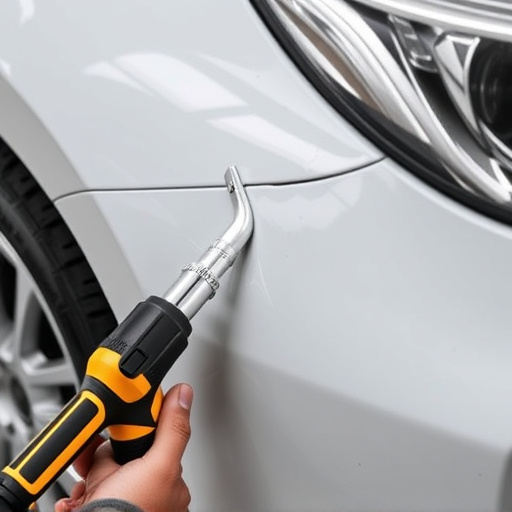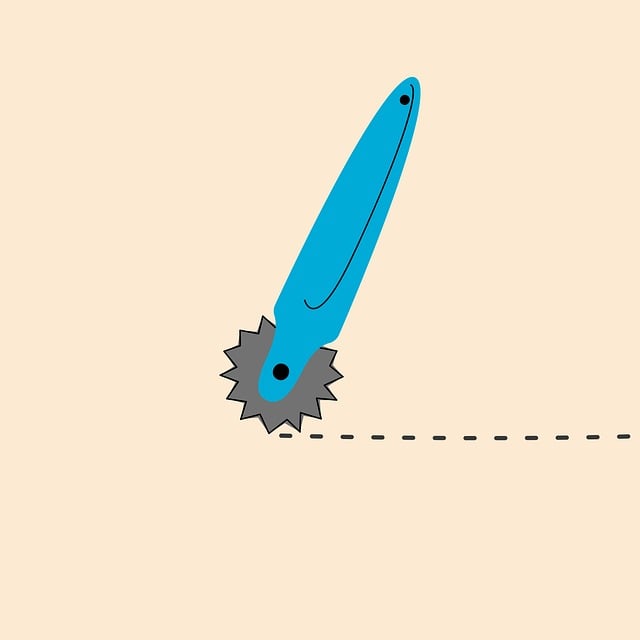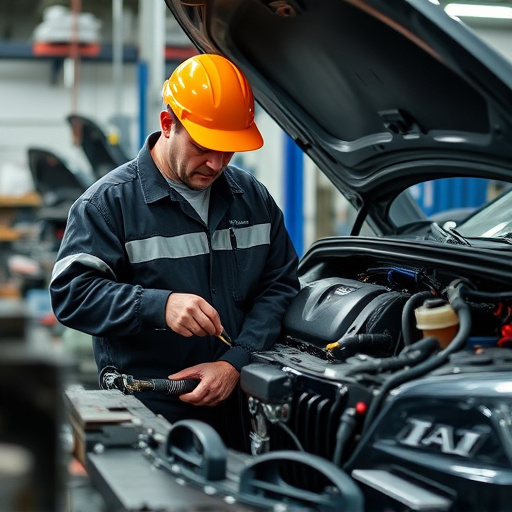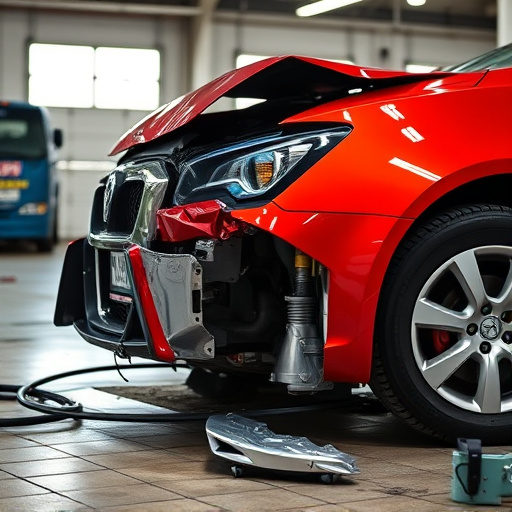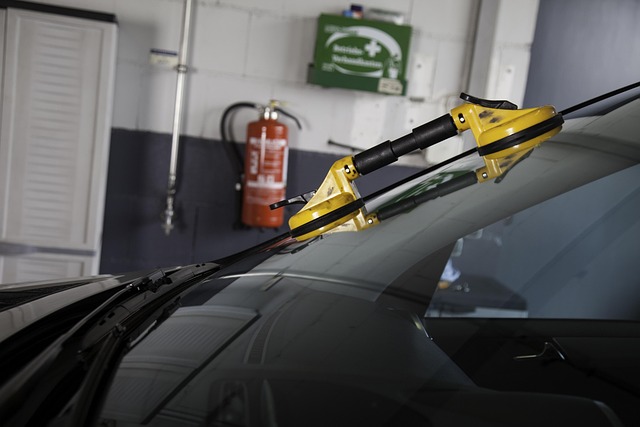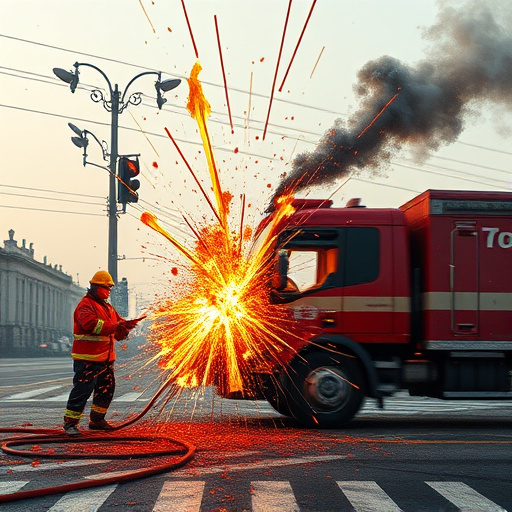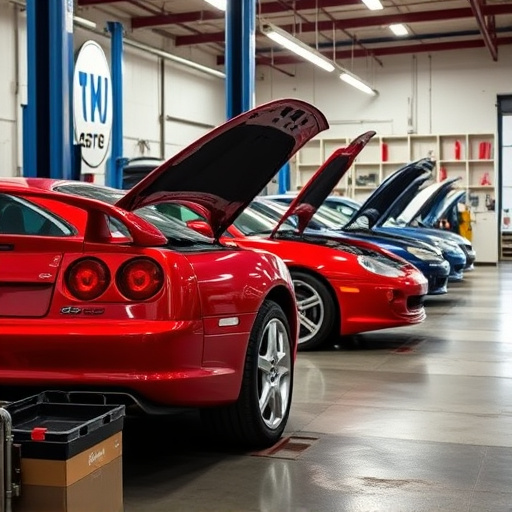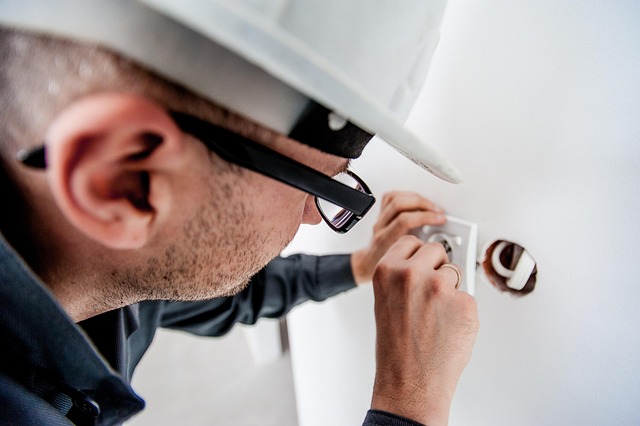The automotive refinishing industry has been dramatically transformed by technology, replacing manual methods with advanced tools like robotic systems, automated painting machines, and sophisticated sanders. These innovations have enhanced safety, efficiency, and consistency in collision repair centers, leading to improved customer satisfaction. Future advancements promise even faster turnaround times and superior finishes, setting new benchmarks for auto body repair and restoration through digital transformation.
The automotive refinishing industry is undergoing a dramatic transformation as advanced tools redefine traditional processes. Historically reliant on manual labor and rudimentary techniques, this sector is now embracing innovative technologies that promise unparalleled precision, speed, and efficiency. From 3D printing custom car body parts to leveraging laser technology for intricate cutting and engraving, these revolutionary tools are reshaping the landscape of automotive refinishing.
This article explores the evolution from conventional methods to advanced technological solutions, delving into their benefits, challenges, and future prospects. Discover how these innovations impact cost, quality, and the potential integration of AI and virtual reality in the ever-changing world of automotive refinishing.
- The Evolution of Automotive Refinishing Tools
- – A historical perspective on traditional methods and their limitations.
- – The emergence of advanced technology in the industry.
The Evolution of Automotive Refinishing Tools

The automotive refinishing industry has undergone a remarkable transformation over the years, driven by technological advancements and the need for higher quality finishes. Traditional manual methods have given way to advanced tools and equipment that streamline the process and deliver exceptional results. The evolution of auto glass repair tools, for instance, has improved safety and efficiency during the refinishing process, leading to better overall customer satisfaction.
Collision repair centers and auto repair shops are now equipped with cutting-edge technology such as robotic systems, automated painting machines, and advanced sanders. These innovative tools not only reduce labor costs but also ensure consistent quality across various vehicle models. As the industry continues to embrace digital transformation, future advancements in automotive refinishing techniques promise even faster turnaround times and superior finishes, setting new standards for auto body repair and restoration.
– A historical perspective on traditional methods and their limitations.

In the historical landscape of automotive refinishing, traditional methods have long been the cornerstone of repairs and restoration. For decades, techniques like sanding, filling, and repainting were standard practices to bring damaged vehicles back to their original state. However, these processes were labor-intensive, time-consuming, and often resulted in less-than-perfect finishes due to human error. The limitations of these traditional methods became increasingly apparent as the automotive industry evolved, demanding faster turnaround times and higher quality standards.
The need for advanced tools and techniques to enhance the efficiency and precision of automotive refinishing became paramount. This shift led to the development of innovative technologies, such as modern sandblasting equipment, advanced paint systems, and computer-aided design software, which have revolutionized the way we approach car scratch repair and Mercedes Benz repair, among other vehicle make and models. These advancements not only streamline the refinishing process but also ensure more accurate color matching and seamless finishes, ultimately elevating the overall quality of automotive repair work.
– The emergence of advanced technology in the industry.
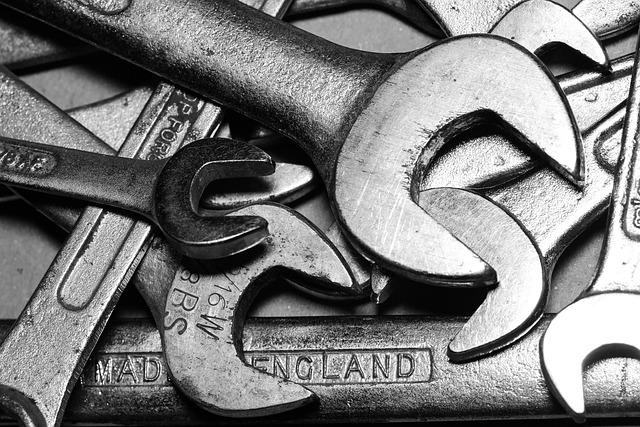
The automotive refinishing industry has witnessed a remarkable transformation with the advent of advanced technology. Modern tools and equipment, powered by digital innovation, are revolutionizing the way auto body shops and paint centers operate. These cutting-edge solutions offer unparalleled precision and efficiency, elevating the standards of car collision repair and restoring vehicles to their former glory.
One prominent example is the integration of robotic systems for auto frame repair. Robotic arms, guided by advanced algorithms, can perform intricate adjustments and welds with unmatched consistency. Additionally, computer-aided design (CAD) software enables technicians to plan and execute complex paint jobs with perfect symmetry and color accuracy. These technological advancements streamline processes, reduce human error, and ensure every car that leaves the automotive body shop is of the highest quality, redefining what’s possible in automotive refinishing.
The automotive refinishing industry has undergone a remarkable transformation, driven by the adoption of advanced tools that offer unprecedented precision and efficiency. By leveraging cutting-edge technology, professionals can now achieve superior finishes, reduce time and waste, and elevate the overall quality of their work. As we look ahead, continued innovation in this domain promises to further revolutionize the way automotive refinishing is performed, shaping a brighter future for both industry professionals and vehicle owners alike.
